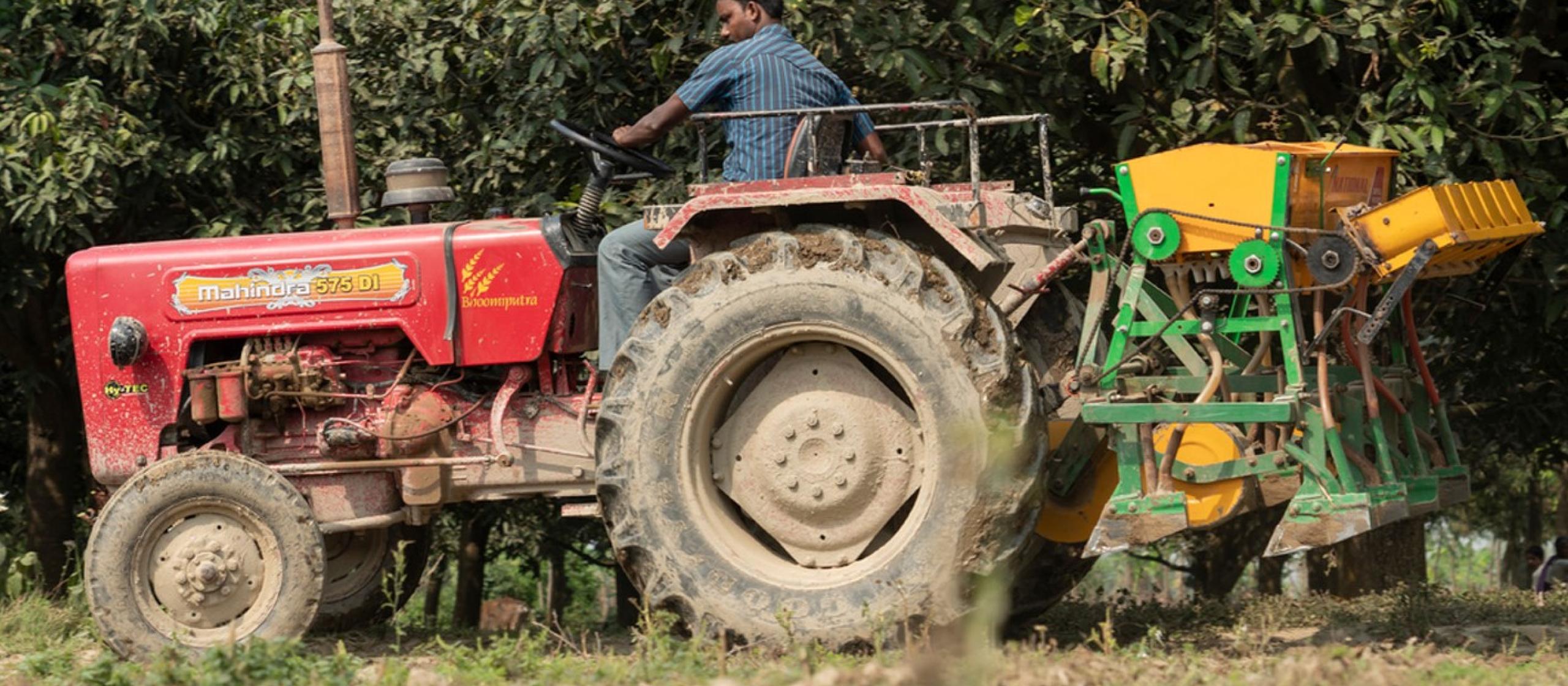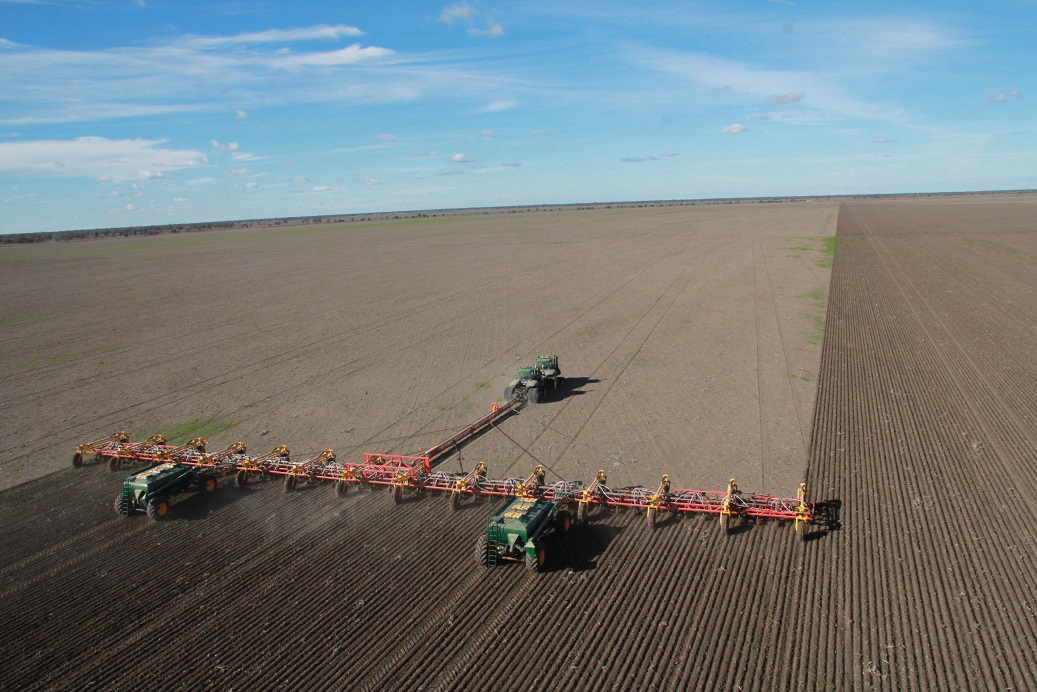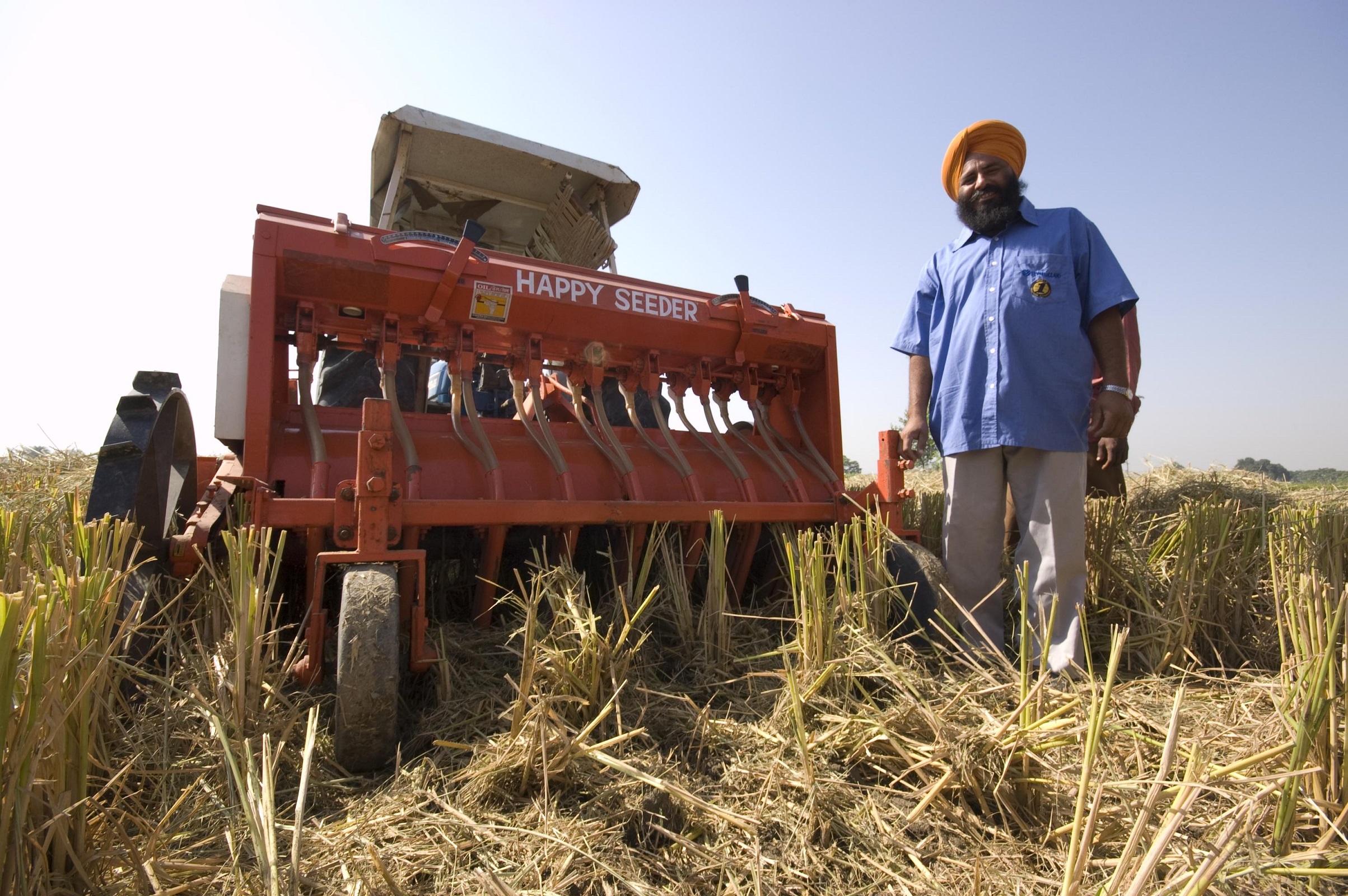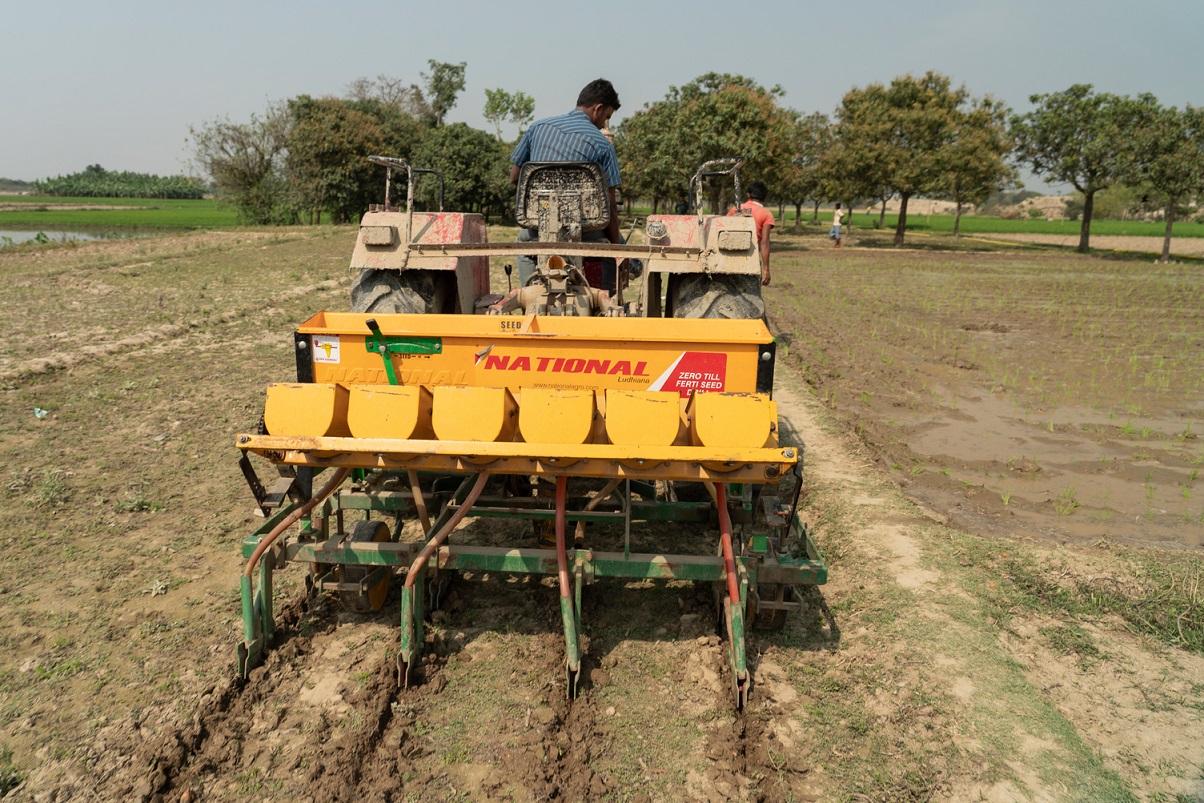- HomeHome
-
About ACIAR
- Our work
- Our people
-
Corporate information
- ACIAR Audit Committee
- Commission for International Agricultural Research
- Policy Advisory Council
- Agency reviews
- Executive remuneration disclosure
- Freedom of information (FOI)
- Gifts and benefits register
- Information publication scheme
- List of new agency files
- Contracts
- Legal services expenditure
- Privacy impact assessment register
- Commonwealth Child Safe Framework
- Benefits to Australia
- Careers
- 40 years of ACIAR
-
What we do
- Programs
- Cross-cutting areas
- Resources
- Where we work
-
Funding
- Research projects
- Fellowships
-
Scholarships
- John Allwright FellowshipScholarships to study in Australia for ACIAR partner country scientists to have Australian postgraduate qualifications
- ACIAR Pacific Agriculture Scholarships and Support and Climate Resilience Program
- Alumni Research Support Facility
- Publications
- News and Outreach
Date released
17 May 2019
by Sarina Macfadyen, Associate Research Program Manager for Farming Systems Analysis at the Australian Centre for International Agricultural Research
Australian farmers have been experimenting with conservation agriculture (CA) practices since the 1960s. This has involved the use of machines to plant without soil tillage (so-called zero-till), maintaining crop residues and other forms of ground cover throughout the year, and adjusting crop rotations to simultaneously conserve Australia’s precious soils and make the most of low and variable rainfall.
Today, adoption of some form of conservation agriculture practices is estimated to occur on 80-90% of the winter crop production land. The strong involvement of Australian farmers in the early stages of research and development of CA practices is one of the reasons for its success. Drought and dust storms provided the drivers for change, but pioneer farmers looking for new ways of farming more sustainably combined with scientists eager to work alongside them provided the solutions.
Given this history, it isn’t surprising that Australian scientists and extension experts are now helping their counterparts in India, Nepal, and Bangladesh with research on the adoption of CA practices by farmers in the Eastern Gangetic Plains (EGP).
The EGP is home to some of the poorest farmers in the world, but there is hope that they can lift agricultural productivity to provide food security for people across South Asia. These farmers have good groundwater, but pumping costs are so high that many can’t access it. The land is shared by many people, with a population density of over one thousand people per square kilometer (compared to 3 people per square kilometer in Australia). Farms are tiny in size (< 1 ha) and landless tenant farmers are common. Labor costs are rising, however, access to machinery to replace some tasks like crop seeding and harvesting are not available. Rather than conserving crop residues as ground cover, many farmers burn rice straw, and this can lead to environmental pollution.
|
|
|
|
Since 2012, a group of researchers from over 20 Australian and international organizations, with support from ACIAR and DFAT, have been working together to facilitate widespread adoption of sustainable, resilient and more profitable farming systems in the EGP. To achieve this aim, they have been focussing on how CA practices can be modified to meet the needs of farmers in the EGP.
Like in Australia, engagement with farmers early on has been key. The results from over 3,000 trials in farmers’ fields have demonstrated the CA practices can improve productivity and at the same time reduce water, energy and labor requirements of crops. However, the project team realizes that robust trial results alone are not enough to see adoption at the scale that is needed for the EGP. Farmers need access to the right machinery at the right time. These are not the 20m wide high-tech air seeders that you might see on Australian grain farms. In India, the ‘Happy Seeder’ is a small (about 3 m wide) tractor mounted machine that can plant wheat seeds through rice straw. In Nepal, the zero-till seeder (about 2m wide) can plant seed and fertilizer at the same time with minimal disruption to the soil. Training machinery operators in the use of these machines has been part of project activities. Furthermore, research to understand what business models and policy environments encourage greater access to these machines has also taken place.
In recent years a new challenge has arisen in the EGP, with the migration of men from rural farming communities in search of work in the cities (especially in Nepal and Bangladesh). Women remain and take over many of the farming tasks. To successfully meet this challenge women farmers, need to have access to inputs, irrigation water, finance, and skills. We know that women farmers, like men, can benefit from the adoption of CA practices. However, making sure they can firstly participate in training and development activities, and secondly that the machinery meets their needs, is not an easy task.
Synthesis of the research done by the team suggests that environmental conditions alone do not fully explain the low levels of agricultural productivity in the EGP. The team has identified institutional factors that also play a role, such as the strong coupling between irrigation access and land tenure, and poor infrastructure which raises the costs of doing business for farmers. While the drivers for adoption of CA practices are different in the EGP, the strong farmer engagement in the research and development process is the same. The team has had to engage new stakeholders as well. They have experimented with multi-stakeholder forums to connect smallholder farmers with farm machinery manufacturers and hire centres, extension staff, research organizations, and input providers. They have also spent time with policy-makers to encourage mechanization subsidy schemes that can improve access for farmers.
With time, it is hoped that this combination of robust research and an enabling institutional environment will replicate the conditions for farmer innovation that we observed in Australia. It has taken over 40 years to see the incremental adoption of CA practices across Australian farms. Through the work done by the research team, perhaps we can speed up this process for the farmers of the EGP.
Further information can be found either via ACIAR SDIP or CIMMYT SRFSI.






